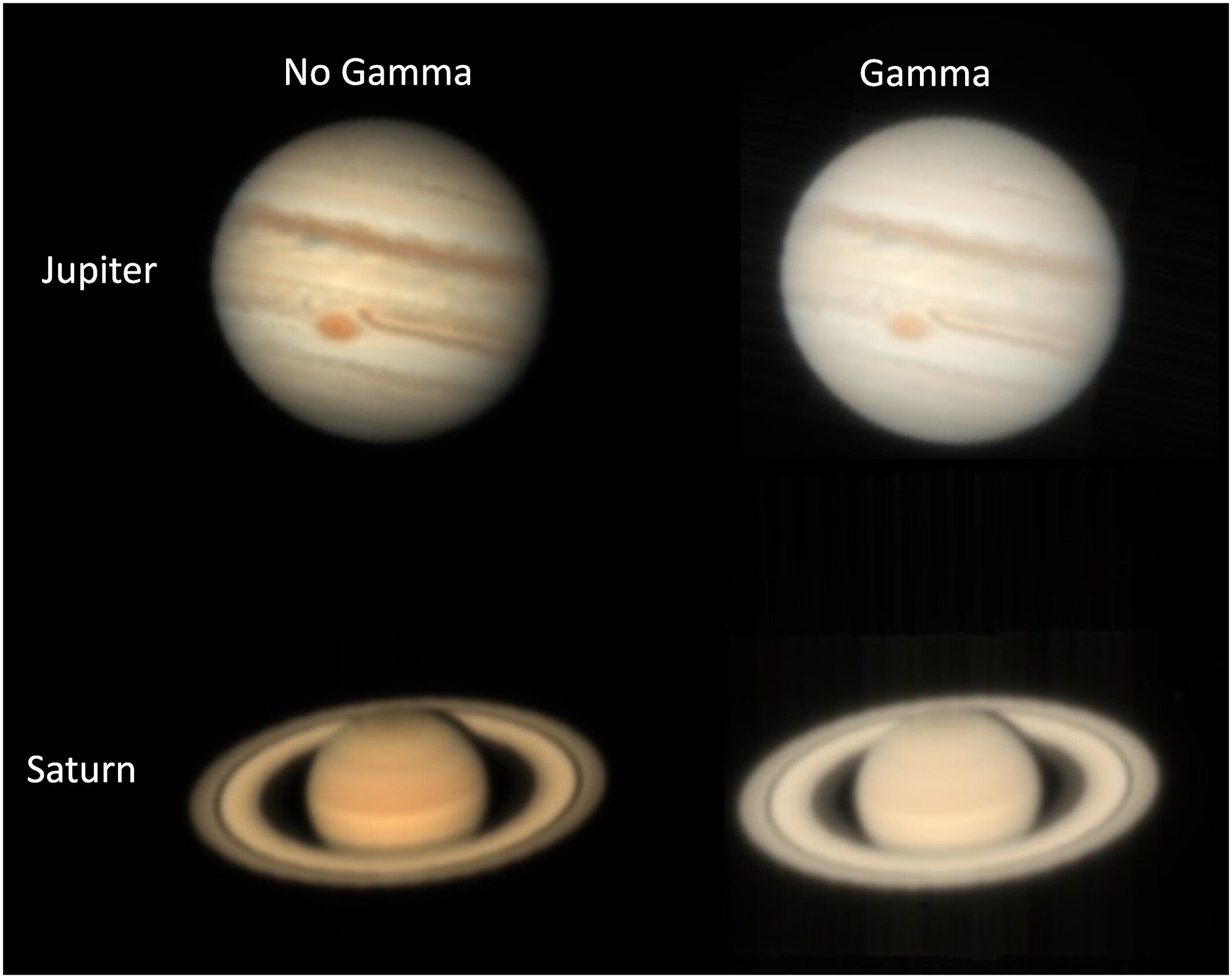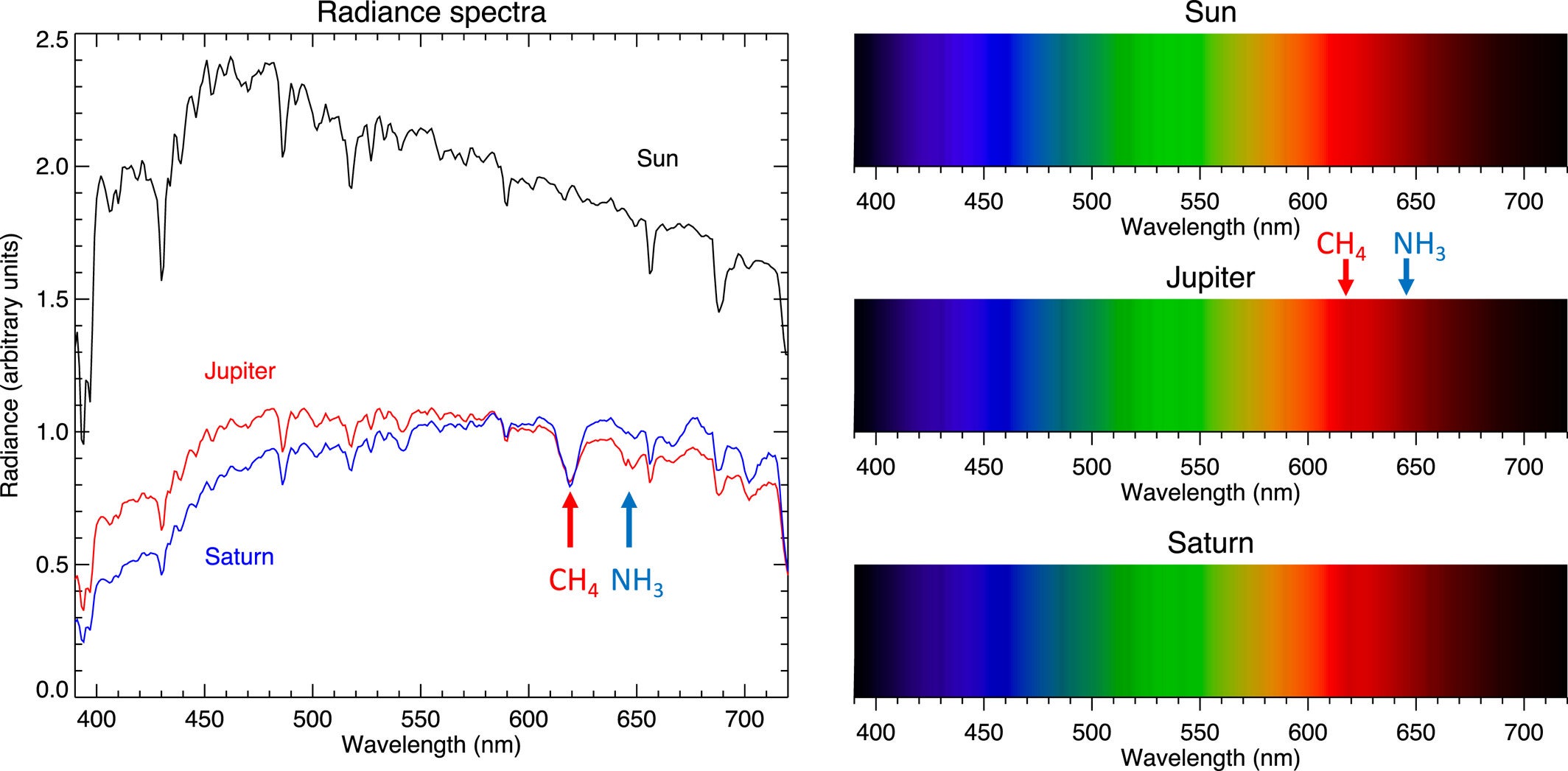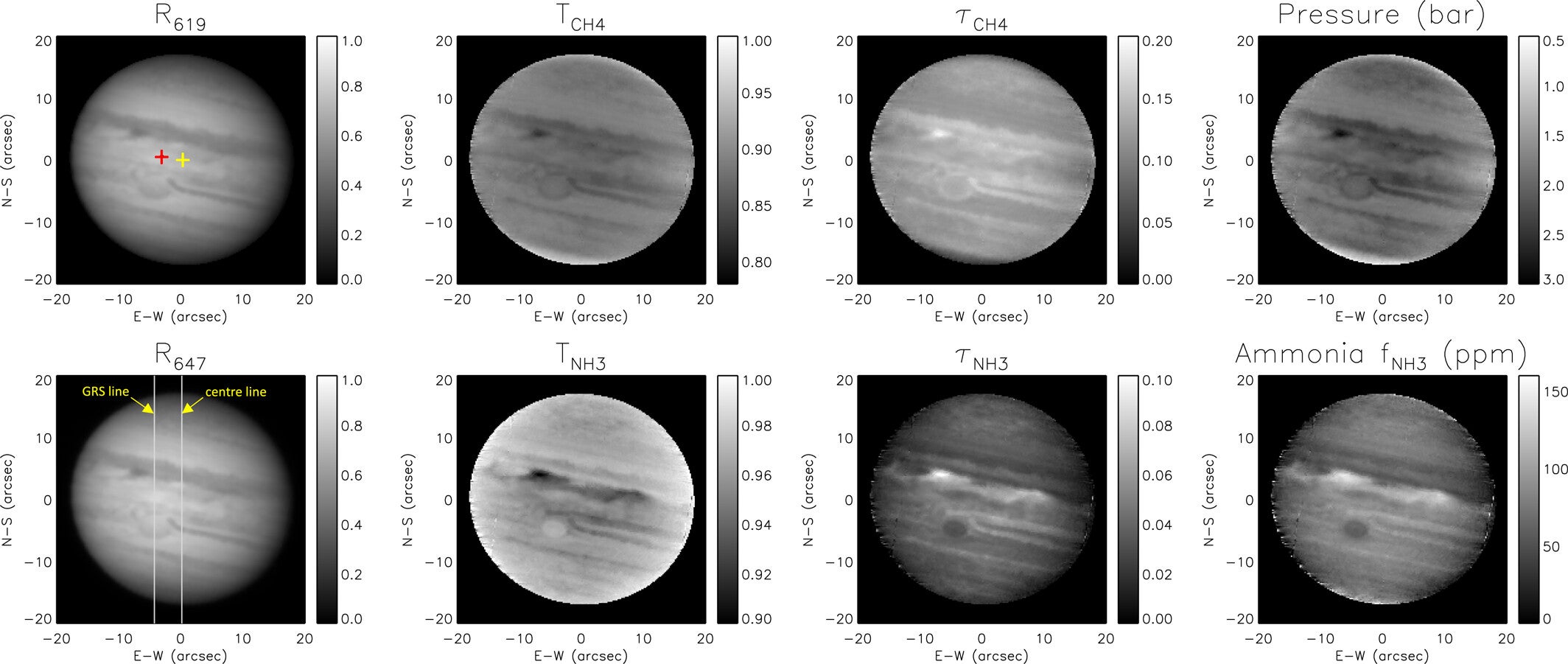Recent studies are changing what we know about the clouds of Jupiter, and the results are surprising. Amateur and professional astronomers have worked together to uncover that these clouds are not composed of ammonia ice, as previously thought. Instead, they likely consist of ammonium hydrosulfide mixed with smog-like chemicals. This breakthrough was made possible through innovative methods accessible even to backyard astronomers.
The discovery began with Dr. Steven Hill, an amateur astronomer from Colorado. Hill demonstrated that commercially available telescopes equipped with special filters could map ammonia and cloud-top pressure in Jupiter’s atmosphere. His observations revealed that the clouds sit much deeper in the atmosphere than expected, in regions too warm for ammonia to condense. This suggests that the clouds cannot be pure ammonia ice.
To confirm these findings, Professor Patrick Irwin and his team at the University of Oxford applied Hill’s method to data from the Multi Unit Spectroscopic Explorer (MUSE) instrument on the Very Large Telescope (VLT) in Chile. MUSE uses spectroscopy to detect unique light patterns created by gases in Jupiter’s atmosphere.
By simulating light interactions with gases and clouds, the team determined that the clouds form at pressures and temperatures inconsistent with ammonia ice. Instead, they are composed of ammonium hydrosulfide mixed with photochemical products.

Professor Irwin remarked, “I am astonished that such a simple method can probe so deeply into the atmosphere and show so clearly that the main clouds cannot be pure ammonia ice. These results highlight the significant contributions amateurs can make to professional science.”
Dr. Hill’s initial observations demonstrated the value of accessible tools in exploring complex planetary phenomena. His ability to measure physical properties using modest equipment paves the way for a wider range of citizen science contributions. The overlap of data collected by amateurs and professionals underscores the growing potential of collaborative research in planetary science.
Jupiter’s atmosphere, primarily hydrogen and helium, contains condensable gases such as ammonia, water vapor, and ammonium hydrosulfide. At lower temperatures, these gases were thought to form distinct cloud layers. However, photochemical reactions driven by sunlight alter the composition of Jupiter’s clouds, producing complex molecules that give the planet its vibrant colors.
In areas of the atmosphere where moist, ammonia-rich air rises, ammonia may break down or mix with these photochemical products faster than it can condense. This leads to the formation of ammonium hydrosulfide clouds instead of pure ammonia ice.
Related Stories
In rare cases, strong convection creates localized regions where ammonia ice can form, resulting in bright white clouds seen in spacecraft images, such as those from NASA’s Galileo and Juno missions.
Photochemical reactions play a vital role in shaping Jupiter’s atmosphere. When sunlight breaks down ammonia and methane in the upper layers, it creates complex products such as ethane, acetylene, and possibly hydrazine.
These substances can mix with lower atmospheric layers, contributing to the reddish and brown hues seen in Jupiter’s clouds. Such processes illustrate how external and internal dynamics interact to create the planet’s striking appearance.
Irwin’s team extended Hill’s method to Saturn, finding similar results. The main reflective cloud layer in Saturn’s atmosphere also lies beneath the expected ammonia condensation level. This suggests that similar photochemical processes shape Saturn’s clouds, supported by data from the James Webb Space Telescope and other observations.
The findings, published in the Journal of Geophysical Research: Planets, also highlight how ammonia and cloud-top pressure maps can serve as diagnostic tools for understanding planetary weather systems.

On Jupiter, variations in ammonia abundance often correlate with atmospheric features such as bands, storms, and the iconic Great Red Spot. Observations from spacecraft like Juno have revealed that these features extend deeply into the atmosphere, connecting cloud layers with broader circulation patterns.
The technique has wide-ranging implications. Hill’s simple analytical method enables the mapping of ammonia and cloud-top pressures at a fraction of the computational cost of traditional models. This accessibility allows amateur astronomers to contribute significantly to atmospheric studies of gas giants.
John Rogers of the British Astronomical Association noted, “This technique could frequently link visible weather changes on Jupiter to ammonia variations, providing valuable insights into the planet’s weather patterns.”
Furthermore, the method could complement ongoing missions, such as NASA’s Juno spacecraft, by providing more frequent monitoring of atmospheric conditions.
Citizen scientists equipped with commercial-grade telescopes could track rapid changes in Jupiter’s dynamic weather, offering a continuous stream of data to supplement professional observations. Such efforts would enhance our understanding of how giant planet atmospheres evolve over time.

Jupiter’s clouds have long been a mystery, but this new approach offers a clearer understanding of their composition and formation. The findings highlight the importance of collaboration between professional and amateur astronomers and the potential for advanced scientific discovery using accessible tools.
Dr. Hill shared his excitement, saying, “I’ve always aimed to push my observations to their limits, hoping to find ways for amateurs to contribute to professional work. I never expected such productive results from this project.”
This work opens the door for future studies of Jupiter and Saturn, providing a faster, simpler method for analyzing their atmospheres. The ability for citizen scientists to map ammonia and cloud-top pressure variations can lead to more frequent and detailed monitoring of these giant planets.
The research also underscores the dynamic interplay between chemical processes and atmospheric conditions on gas giants, offering new avenues for exploration.
The potential applications of this method extend beyond Jupiter and Saturn. Similar techniques could be adapted for studying other gas giants in our solar system or even exoplanets with thick atmospheres. By providing a cost-effective way to analyze atmospheric compositions, this approach could play a pivotal role in future planetary science missions.
The study underscores the broader value of interdisciplinary approaches in astronomy. By integrating advanced spectroscopy with simple yet effective observational methods, scientists can uncover insights that might otherwise remain hidden.
As the boundaries between amateur and professional astronomy continue to blur, the field stands to benefit from an increasingly diverse range of contributors and perspectives.
Note: Materials provided above by The Brighter Side of News. Content may be edited for style and length.
Like these kind of feel good stories? Get The Brighter Side of News’ newsletter.
The post Jupiter’s colorful clouds are different than scientists previously thought appeared first on The Brighter Side of News.